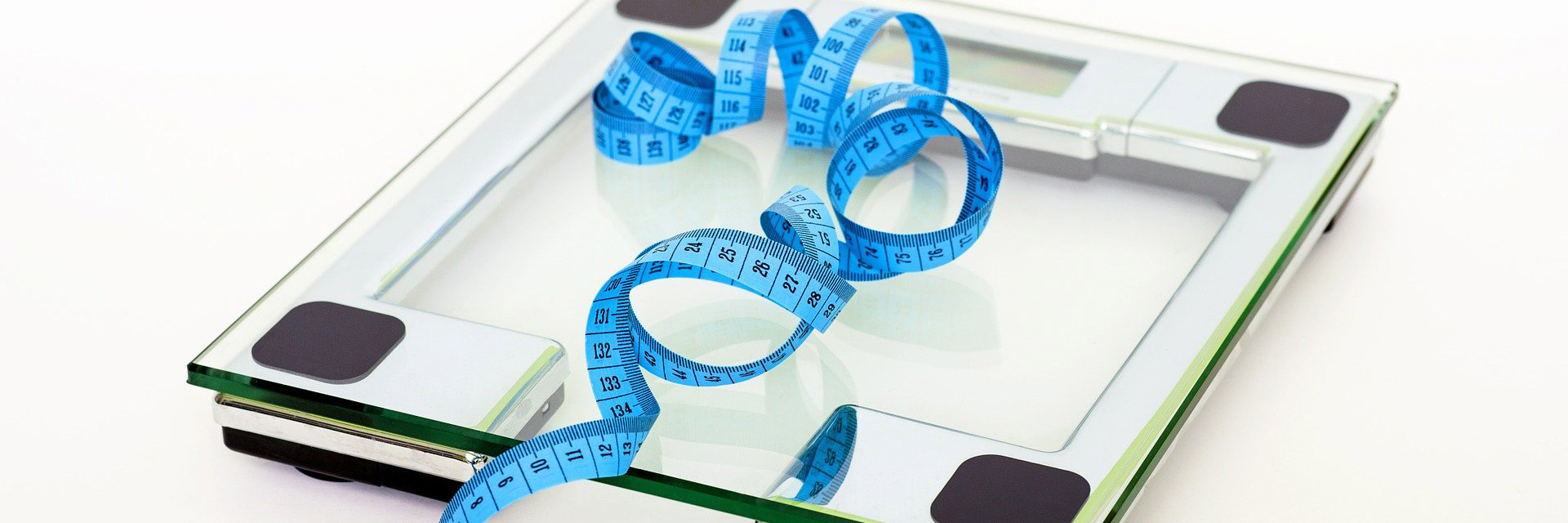Weight has always been an issue for you. Fortunately, you live in a day where you have a variety of weight-loss surgery options, some of which include inserting a gastric balloon, gastric banding, and sleeve gastrectomy. While all three procedures are effective weight-loss solutions, the professional team at Lee Bariatrics would like to point out the differences between them to help you determine which weight-loss surgery is right for you.
Gastric Balloon
The basics
A gastric balloon is an incision-free, reversible weight-loss procedure. The medical-grade silicone balloon is placed inside the stomach and then inflated, reducing the amount of space inside the stomach, thus limiting how much food the stomach can hold and helping the patient feel fuller faster
The procedure
A deflated gastric balloon is inserted through the mouth endoscopically and placed inside the stomach. Once in place, the balloon is filled with saline or air. The entire procedure takes only 20 to 30 minutes.
Key factors
- Non-surgical
- Best suited for individuals with a lower BMI, between 28 and 30
- No overnight stay in the hospital necessary
- Can usually go home three hours after the procedure
- Balloon can be left in place for up to six months
- Completely reversible
Gastric Band
The basics
Gastric banding is a restrictive type of weight-loss surgery that involves placing a medical-grade silicone band with an inflatable inner collar around the upper part of the stomach. The band creates a small pouch with about an inch-wide outlet. After banding, the stomach can only hold about an ounce of food.
The procedure
Gastric banding is usually performed laparoscopically, meaning the surgeon makes small incisions as opposed to one large incision. A viewing tube with an attached camera and other tiny instruments are inserted into these small incisions. The surgeon will install the band while viewing the camera footage on a monitor. The surgery takes about one to two hours.
Key factors
- Minimally-invasive surgery
- Minimal scarring
- Can be done on an outpatient basis or may require a one-night hospital stay
- Quick recovery time
- Best suited for individuals with a BMI of over 40 or over 35 if you have other medical conditions
- Band can be kept for a lifetime
- Band is not affected by pregnancy
- Completely reversible
Gastric Sleeve
The basics
A sleeve gastrectomy is a surgical bariatric procedure that reduces the size of the stomach by 75%. After the larger part of the stomach is removed, the remaining section is shaped into a tube, or sleeve.
The procedure
In a gastric sleeve operation, the surgeon makes a large incision (or several small incisions if being performed laparoscopically) in the abdomen and actually removes a large part of the stomach. The thin, vertical sleeve that is left behind is about the size of a banana. Surgical staples keep the remaining stomach closed. The procedure is performed under general anesthesia and takes about one to two hours.
Key factors
- Eliminates the portion of the stomach that produces the hunger-stimulating hormone Ghrelin
- Best suited for individuals with a BMI over 40
- Requires a hospital stay of 1 to 2 days
- Recovery may last a few weeks
- No risk of nutritional deficiencies, malabsorption, or dumping syndrome
- Does not require a medical implant or adjustments
- Non-reversible
To find out more information about the different types of weight-loss surgeries, call 1-877-421-8183!
The above is for general information purposes only and should not be used as a substitute for the medical guidance from and discussion with your physician.

